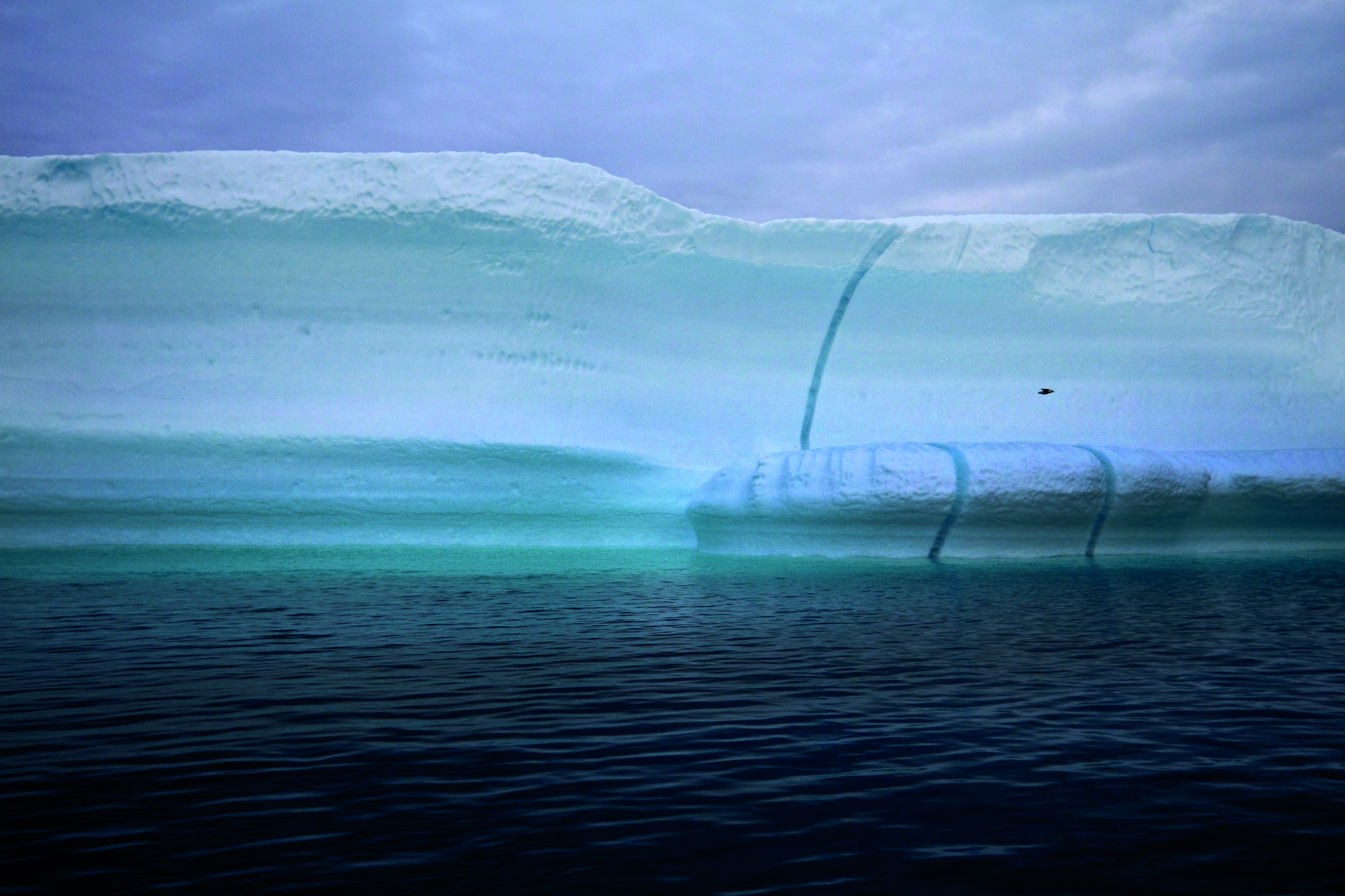Changes at the top of the world
With the interdisciplinary Arctic Research Centre and a wide-ranging international collaboration, Aarhus University plays a central role in investigating the major environmental changes taking place in the Arctic.

“We’re talking about changes that will affect the entire globe and the lives of people for many generations to come, so naturally, we’re deeply engaged in the developments in the Arctic – both as scientists and as people. And I also elieve that we can make a positive contribution to developments in the Arctic through this extensive research.” There’s no mistaking the message of Professor Søren Rysgaard, director of Aarhus University’s interdisciplinary Arctic Research Centre.
And there’s no time to waste. Climate changes are taking place twice as rapidly in the Arctic than the rest of the planet, creating radical change for animals, plants and people, explains Rysgaard. “The consequences of climate change are extremely dramatic and clear in the Arctic. But they are also the result of extremely complex processes that are deeply interrelated. Therefore, if we want to understand what’s happening in the Arctic, cooperation across many disciplines is necessary.”
One example of the many complex change processes that the research being conducted at the Arctic Research Centre will help us understand is how the melting of Arctic sea ice affects the carbon cycle.
The Arctic is a gigantic carbon pump
When the Arctic Ocean freezes over, salts, oxygen and carbon dioxide precipitate out of the lattice structure of the ice and are are trapped in a heavy layer of cold brine that sinks to the lower depths of the ocean.
Within the sea ice, the concentrated salts undergo a variety of chemical reactions, one of the products of which is calcium carbonate. While calcium carbonate remains trapped in the ice in crystal form, carbon dioxide is pressed out of the ice and dissolved in the cold, heavy brine that sinks to the bottom of the ocean.
When the ice melts again in the spring, there is a deficit of oxygen and carbon dioxide in the meltwater. This is intensified by the dissolution of the calcium carbonate in the ice, and both processes pull enormous amounts of carbon dioxide out of the atmosphere and down into the sea. This causes the polar seas to function as an enormous pump that sends carbon dioxide from the atmosphere to the lower depths of the sea, a mechanism researchers are describing as the sea ice-driven carbon pump. This carbon pump is a crucial element in the global carbon cycle.
According to preliminary estimates, this pump removes more than 80 million tons of carbon from the atmosphere annually – or about one-eighth of the Kyoto Protocol carbon dioxide reduction target.
At the Arctic Research Centre, understanding the complex chemical and physical processes that occur in sea ice is a central focus. Sea ice is disappearing with alarming speed. The reduction in sea ice means that plankton receive more light, which in turn means that they are able to absorb more carbon dioxide from the atmosphere through photosynthesis. The relative importance of this biological pump to the physical pump is another central research focus at Aarhus University’s Arctic Research Centre.
ARC
At ARC, knowledge production is an interdisciplinary process involving over 100 researchers. This cooperation ensures that knowledge gained through monitoring programmes is applied in conjunction with basic as well as strategic research in a variety of fields.
The Arctic is an international territory and ARC participates in extensive research collaboration in the context of the Arctic Science Partnership to ensure coherent research and training efforts in relation to Arctic issues. The partnership was launched in 2012 when Aarhus University, the University of Manitoba, Canada, and the Greenland Institute of Natural Resources signed a collaboration agreement to bring 350 researchers with Arctic together on shared research questions, facilities and logistics.
